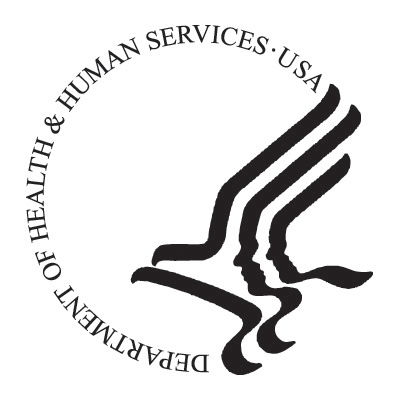Access to healthcare a lifesaver for halfway house residents
 On April 29th the U.S. Department of Health and Human Services announced a shift in policy that will for the first time allow released prisoners residing in “halfway houses” to take advantage of the services made available through the Affordable Care Act’s Medicaid Expansion. The change will provide much-needed medical and rehabilitative services to countless former inmates that would not otherwise have access to essential healthcare resources. It may seem like a minor change but as a practical matter it is likely to do more to encourage successful reentry than any other single policy decision in recent years.
On April 29th the U.S. Department of Health and Human Services announced a shift in policy that will for the first time allow released prisoners residing in “halfway houses” to take advantage of the services made available through the Affordable Care Act’s Medicaid Expansion. The change will provide much-needed medical and rehabilitative services to countless former inmates that would not otherwise have access to essential healthcare resources. It may seem like a minor change but as a practical matter it is likely to do more to encourage successful reentry than any other single policy decision in recent years.
Until now, halfway house residents have been excluded from coverage because of an interpretation of the Medicaid statute that considered halfway house residents to be “inmates of public institutions” – a category of persons that are statutorily ineligible for Medicaid coverage. The new DHHS guidance removes those in halfway houses from that category so long as they have “freedom of movement and association while residing in the facility.” It also clarifies that individuals on parole and probation are not “inmates” and are eligible for coverage.
Access to healthcare is essential to ensuring successful reentry, but it is particularly important in the first days and weeks of release. According to a 2007 study in the New England Journal of Medicine, the risk of death during the first two weeks of release is 12.7 times that of the rest of the population (the rate for all former inmates is 3.5 times higher). The leading causes of death during the first two weeks are drug overdose and cardiovascular disease, according to the study.
The problem is exacerbated by the unfortunate reality that prisons and jails have become America’s default mental health hospitals, especially for those who lack independent resources. Most prisons provide from seven days to thirty days’ medication to prisoners in need of psychiatric care upon their release. After that, those individuals are on their own; and it often takes six to eight weeks to schedule an appointment with a provider, assuming they are able to pay. Allowing halfway house residents to take advantage of Medicaid will help close this gap and encourage them to maintain medication compliance and avoid decompensation and a return to custody.
Barring halfway house residents from Medicaid coverage also deprives many eligible inmates of access to the important transitional oversight provided by halfway houses. Often, ill inmates who are eligible for halfway house transfers are forced to remain in prison so that they can continue to receive critical healthcare services that they could not afford to access on the outside. During my own tenure as a corrections official, I would have been unable to transfer an inmate receiving chemotherapy to a halfway house unless he possessed independent resources that would allow him to continue his care. Inmates receiving dialysis and other treatments for chronic illnesses are similarly denied access.
Some will argue that halfway houses are not meant to provide this sort of care, and function only to assist former inmates with finding employment and housing. But that was then, and this is now. As we continue to release large numbers of aging inmates and inmates with chronic medical problems and mental health issues, we must also prioritize a transition to care and treatment. DHHS’s recent action lays the groundwork for that to happen.
But before the new DHHS policy can have a real impact, states and prisons are going to have to do their part to ensure that the continuity of care is maintained upon release. First and foremost, states will have to expand their own eligibility requirements to cover halfway house residents, since they set their own standards according federal criteria. Secondly, prisons are going to have to start applying for services on behalf of inmates before their transfer to halfway housing. This will require prisons to work with health insurance providers to “develop a model of care that reaches into prisons and jails to help [inmates] connect to health care providers prior to release,” as stated in DHHS’s own materials. Additionally, community corrections staff, including halfway house staff and probation and parole officers, will have to work together to ensure that inmates are scheduled for appointments before they are transferred and make sure they keep those appointments afterwards.
In the end, that additional effort will be well worth it. It will save lives, expand the availability of halfway housing for eligible inmates, and allow prisons to release more deserving individuals from their walls.
